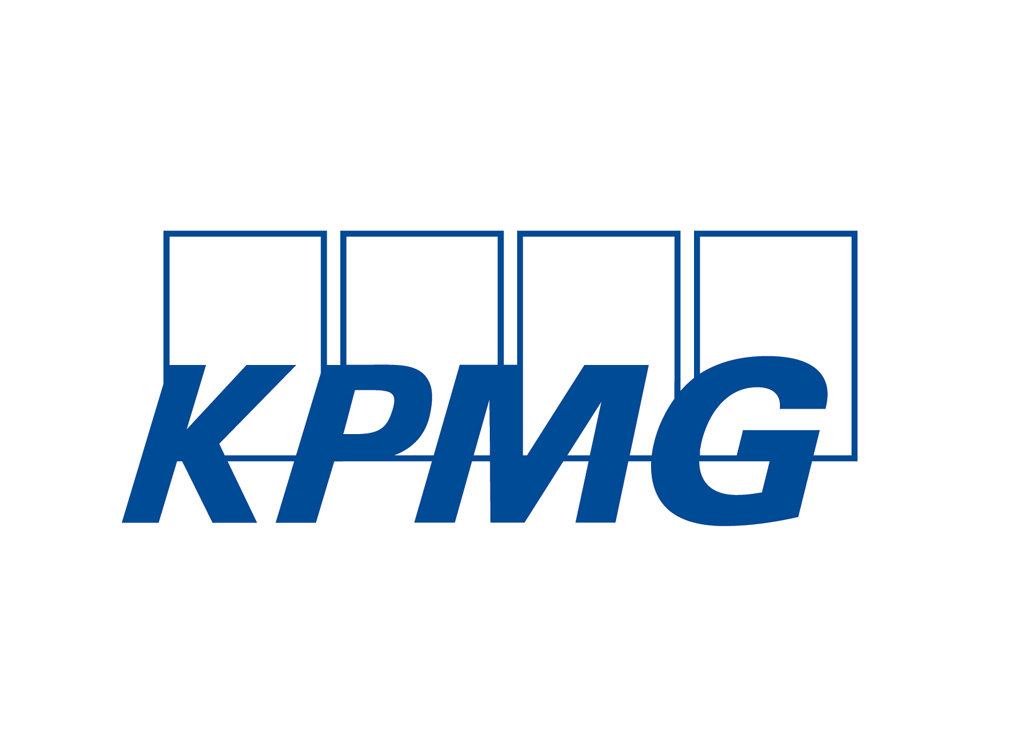
Community Banks That Fail to Leverage Technology May Become Obsolete
Brought to you by KPMG LLP

 There is unprecedented change afoot in the banking industry. Technology is rapidly evolving and it’s changing consumer expectations about how banks should be serving them.
There is unprecedented change afoot in the banking industry. Technology is rapidly evolving and it’s changing consumer expectations about how banks should be serving them.
The ubiquity of mobile devices and tablets has changed the banking business forever. An example of how quickly technology is transforming our lives can be seen in your own board room. Two years ago, boards used printed materials for meetings. Now, almost all my clients are using tablets to access board meeting materials.
Community banks, in particular, have been slower to embrace technology as a means to interact with and serve customers. In doing so, they risk becoming obsolete. Directors and boards will need to stay on top of this sea change and work with senior management to address it.
Below are some key issues for directors and boards of community banks to consider and discuss with senior management.
Customer Loss Versus Investment Return
The debate inside community bank boardrooms about offering the latest customer-focused technology applications often hinges on whether there is an adequate return on investment (ROI). That, no doubt, is a legitimate question, given the current economic climate and the industry’s profit profile. But the debate needs to go beyond whether the expense is prudent or even if these new tools can actually connect consumers to the bank in faster, more immediate ways.
More to the point, if a bank isn’t already actively working out how to offer these solutions, it may become marginalized by only offering products and services that have become commodities.
The traditional banking products—credit, savings and payments—are necessary ones. But what those products look like and how we interact with our customers is going to change drastically and will be radically different from the services offered today. When trying to recently describe how a passbook worked to my children, I realized that the days are soon coming when it will be just as difficult to describe the concept of a checkbook.
Bank boards will need to engage in active discussions about how and when to offer the new tools customers are demanding, whether those products be remote deposit capture, person-to-person payments, mobile check deposit, “picture pay’’ for bill paying, and remote re-loading of pre-paid cards. Fundamental to survival in our rapidly changing industry is the ability of community banks to leverage their existing strong customer connection in an age when visits increasingly are digital.
Deciding on a course of action, of course, will require careful thought and a solid plan, but it is critical to understand that it would be a costly mistake to wait until these new technologies can cost justify themselves. Customers will simply find another bank that offers what they want.
Evaluate Bank Branch Strategies
Directors and boards also need to assess how these new technology offerings may impact bank branch strategies, where ROI often is a huge consideration. Offerings like remote deposit capture and mobile check deposit can reduce branch traffic as customers no longer need to visit a branch to conduct tasks now enabled by technology. This presents an opportunity to evaluate whether or not real estate and staff expenses can be reduced and offset the costs of technology implementation.
Other technologies such as virtual customer service—where a customer interacts with a service representative based in a remote location via a kiosk that is physically located in a branch—also are impacting branch staffing needs.
Realize Benefits of New Capabilities
Rolling out these new technological capabilities for consumers also can provide hidden benefits. Data generated by the use of these technologies can be harnessed so that community banks can generate actionable insights. For example, a community bank can monitor how frequently a customer remotely re-loads a prepaid card along with the amounts being loaded. If the amount reaches a certain threshold, the bank might consider offering this customer a checking/debit account or another product.
Directors and boards need to know if their community banks have the ability to collect and analyze this data in a meaningful way. If not, community banks can either build in-house capabilities or use external providers.
Take the Road Less Traveled
Community banks that continue to turn a blind eye towards new technology may be on the cusp of irrelevance.
The challenge will require a wholesale shift in the way a community bank conducts business. The issue revolves around how the bank’s board and the bank’s management behave— how the organization goes about the business of banking.
Our industry must heed the hard lessons learned from other industries—such as the print media and music distribution—that failed to adjust to new technological advances that eradicated their long-held business models overnight.
The model that defined our industry for generations has now been turned on its head. The road to transforming your community bank won’t be short. But, it’s a road that must be taken.

